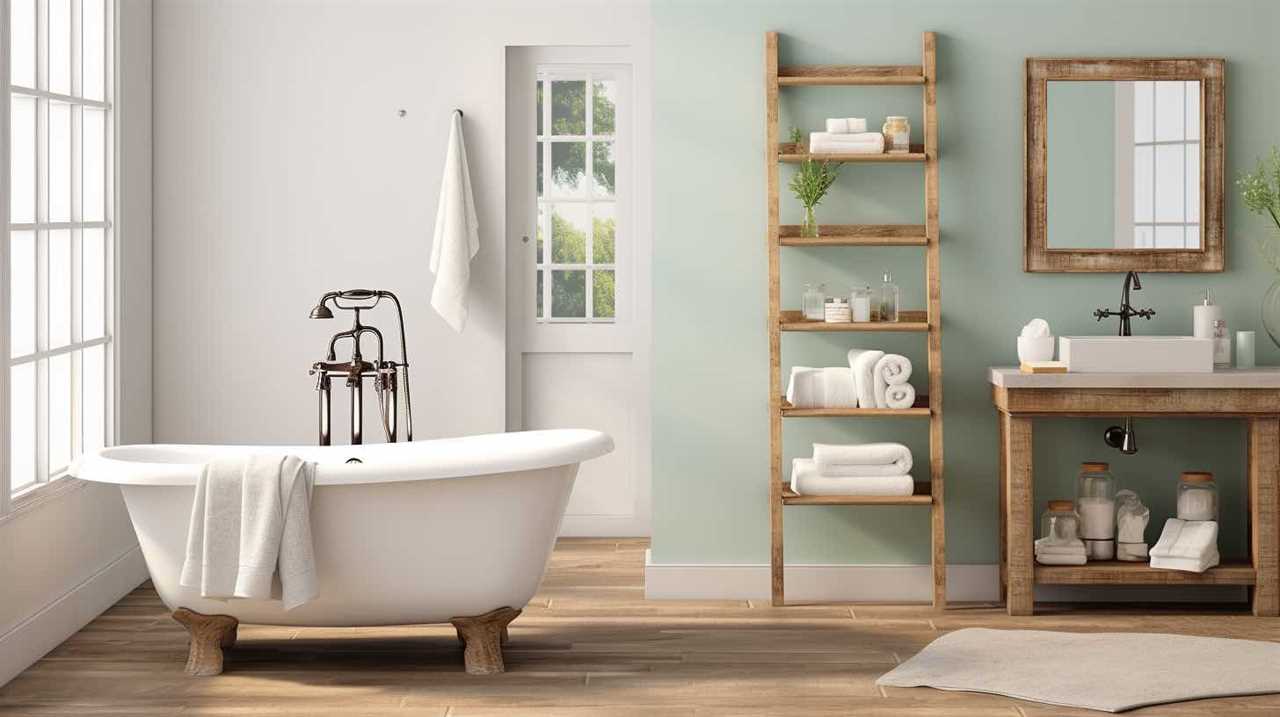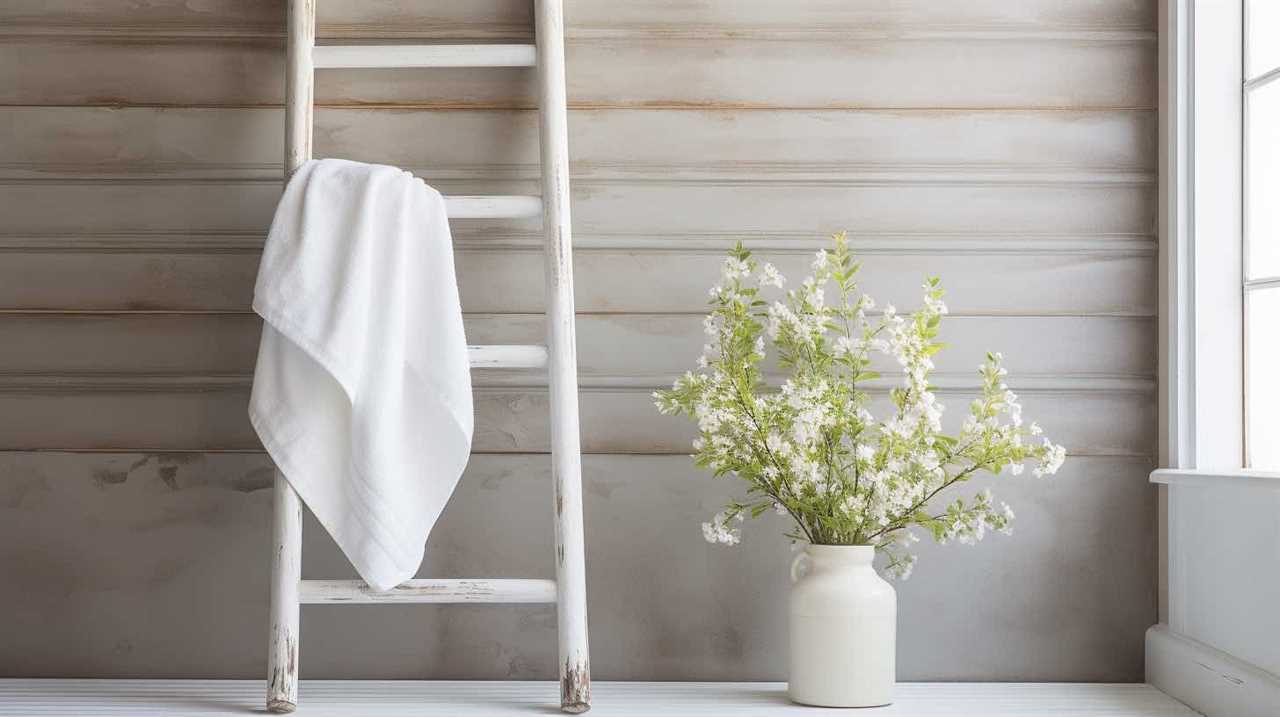Are you prepared to start the bath time adventure with your little one? We have everything you need!
In this article, we’ll guide you through the essential steps on how to bath a baby. From gathering the necessary supplies to creating a safe and cozy bathing area, we’ll help you become a master in no time.
Get ready to make memories and create a soothing experience for your precious bundle of joy.
Let’s dive in!
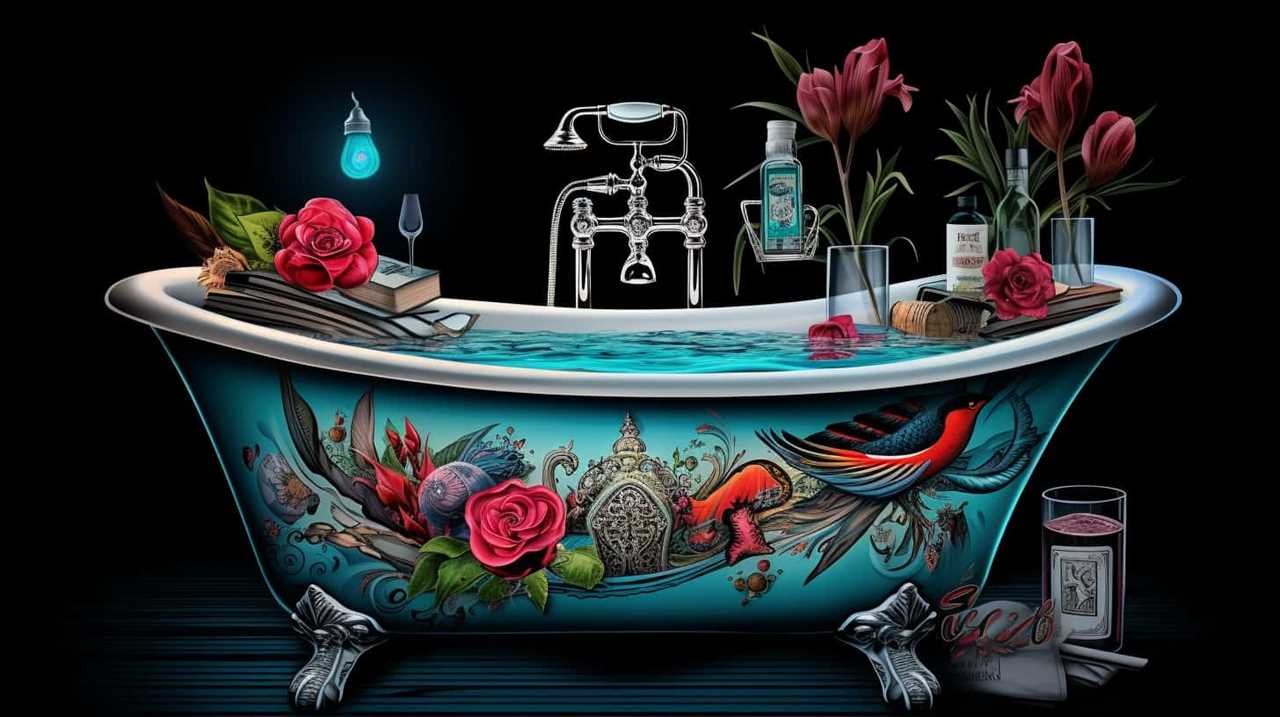
Key Takeaways
- Choose a baby bathtub with head, neck, and back support and a non-slip surface.
- Use mild, hypoallergenic soaps and shampoos for a baby’s sensitive skin.
- Ensure the bathwater temperature is around 37 degrees Celsius.
- Pat your baby dry with a soft towel to remove excess water.
Gathering the Necessary Supplies
To begin, we need to gather all the necessary supplies for bathing a baby. Choosing the right baby bathtub is crucial for a safe and comfortable bathing experience. Look for a bathtub that provides support for the baby’s head, neck, and back, and has a non-slip surface to prevent accidents. Additionally, consider the size and shape of the bathtub to ensure it fits well in your bathroom.
Equally important is using baby-friendly bath products that are gentle on their delicate skin. Opt for mild, hypoallergenic soaps and shampoos that are free from harsh chemicals and fragrances. Remember, a baby’s skin is sensitive and prone to dryness, so using products specifically designed for them is essential.
Setting up a Safe and Comfortable Bathing Area
We start by preparing a safe and comfortable bathing area for our baby.
Ensuring the bath temperature is just right is crucial for our little one’s comfort and safety. We can use a bath thermometer to check that the water is around 37 degrees Celsius, which is the ideal temperature for a baby’s bath.
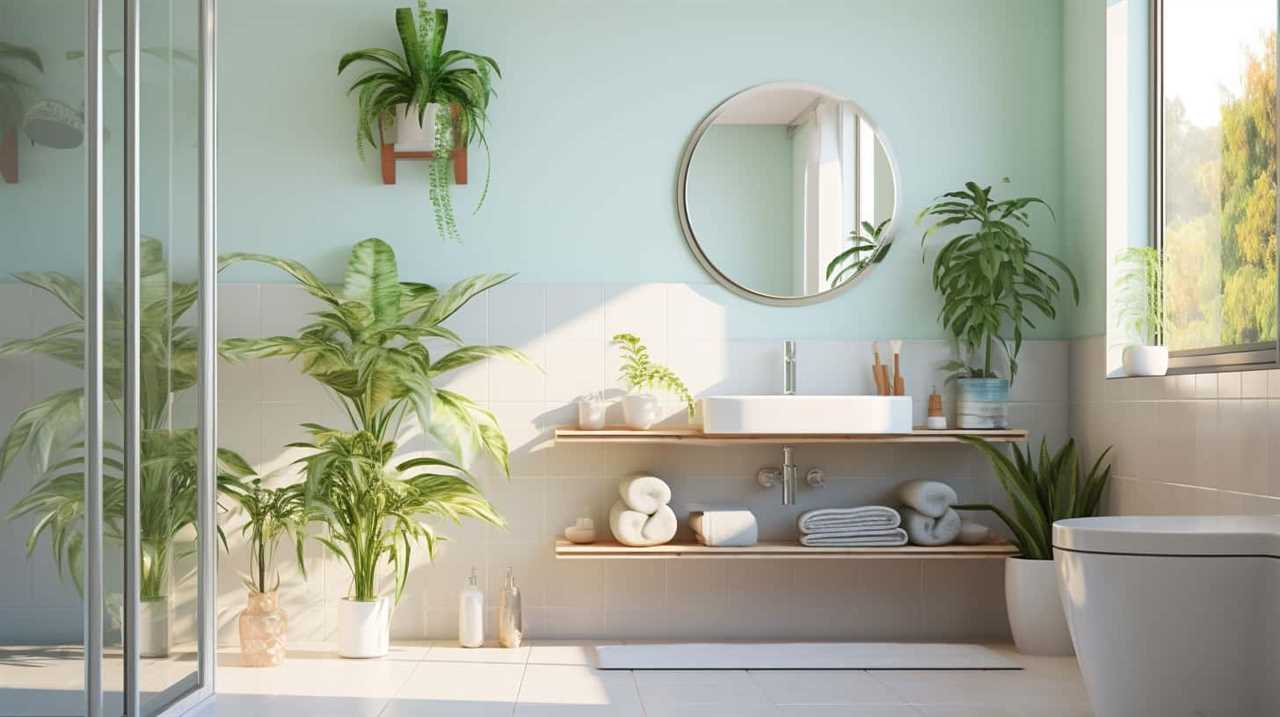
It’s also important to have all the necessary baby bath products within reach. This includes gentle baby soap or cleanser, a soft washcloth, and a baby-friendly shampoo. We can place these items on a non-slip surface, such as a bath mat or towel, to prevent any accidents.
Additionally, it’s advisable to have a towel or two nearby to quickly wrap our baby in coziness after their bath.
Preparing the Baby for the Bath
After setting up a safe and comfortable bathing area, it’s important to gently and securely hold our baby as we prepare them for their bath.
Taking care of our baby’s needs is crucial, and ensuring the bathwater temperature is just right is a key part of that. The ideal bath temperature for a baby is around 100°F (37.8°C). To make sure the water is at the correct temperature, we can use a bath thermometer or check it with our elbow or wrist.
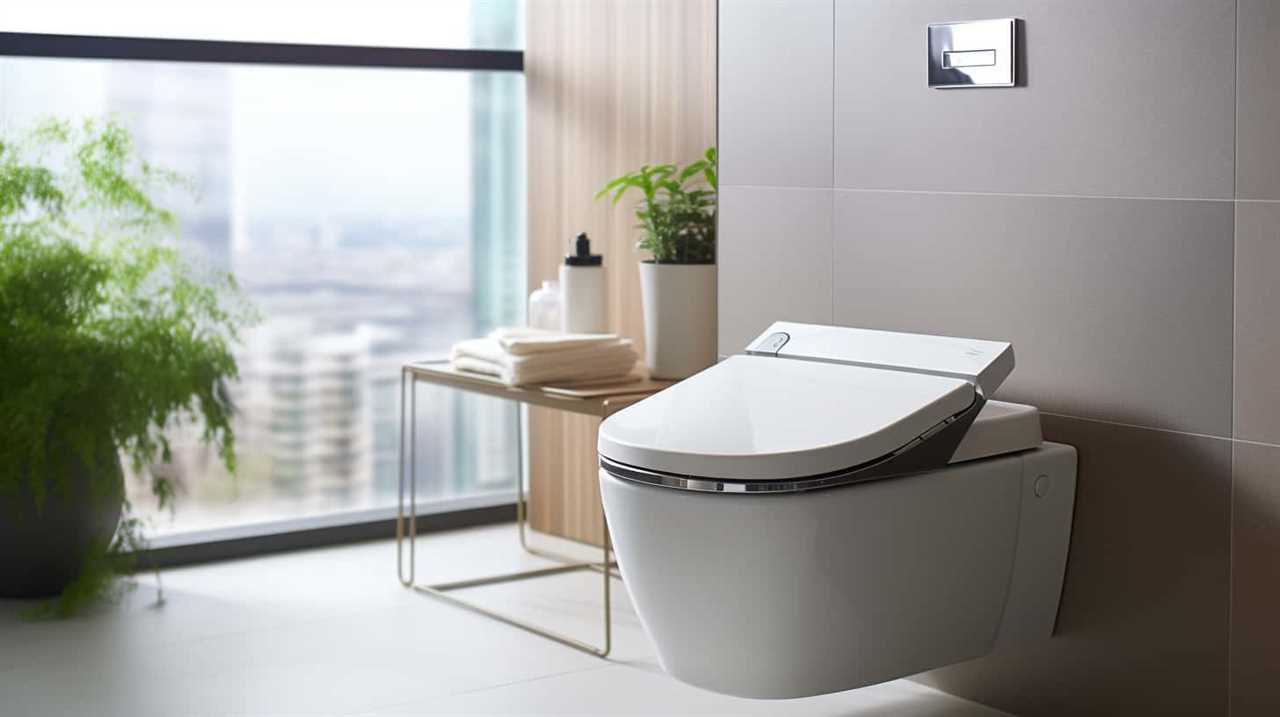
Additionally, we can make bath time more enjoyable for our little one by introducing baby bath toys. These toys not only entertain our baby but also help in their cognitive and sensory development. Just remember to choose toys that are safe, non-toxic, and age-appropriate.
Washing and Rinsing Techniques for a Gentle Clean
Once the baby is prepared for the bath, we can begin washing and rinsing them using gentle techniques for a thorough and soothing clean. To ensure a gentle cleansing experience for your baby, follow these steps:
- Use warm water to wet your baby’s body, starting with their face and working downwards.
- Apply a small amount of baby-friendly cleanser to a soft washcloth or your hands, and gently massage it onto their skin in circular motions.
- Pay special attention to the folds and creases, such as the neck, armpits, and diaper area.
- Rinse off the cleanser with warm water, making sure to remove all traces of soap.
By following these gentle washing and rinsing techniques, you can keep your baby’s delicate skin clean and fresh.
Now, let’s move on to the next step: drying and dressing your baby after the bath.
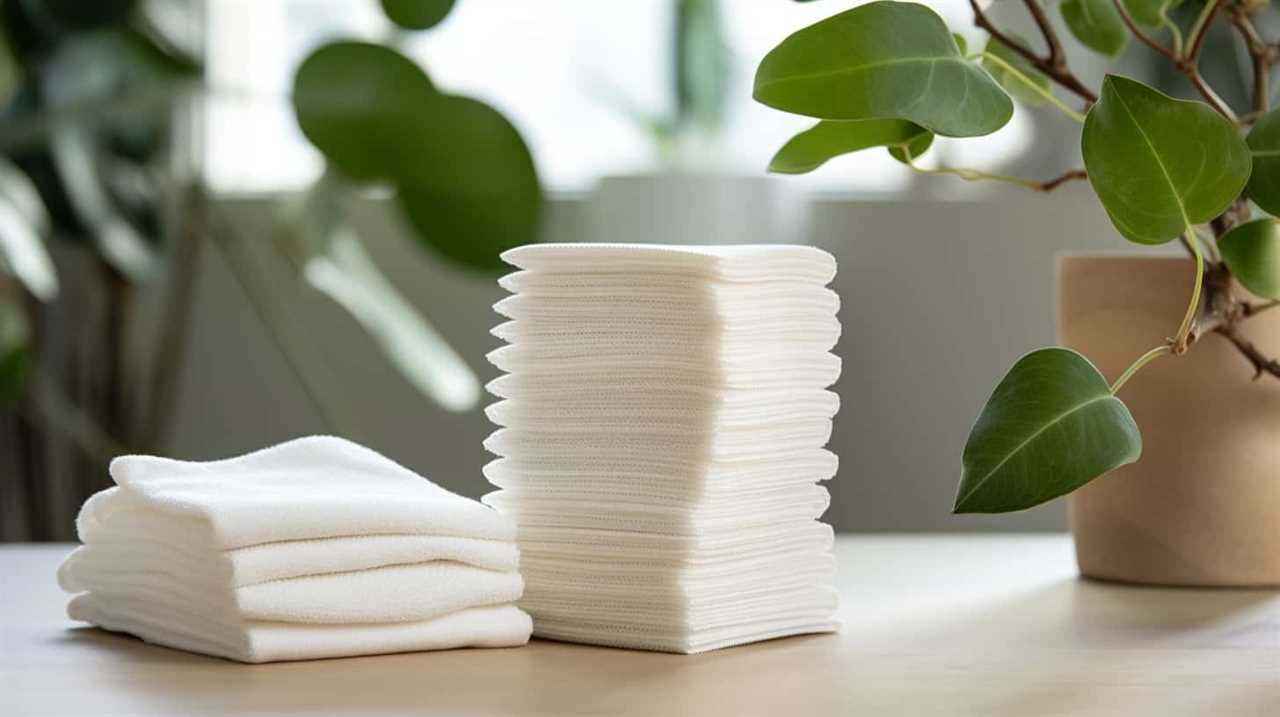
Drying and Dressing Your Baby After the Bath
To dry and dress our baby after the bath, we gently pat them dry with a soft towel. This helps to remove excess water and prevent skin irritation. It is important to use a towel that is specifically designed for babies, as they are softer and more gentle on their delicate skin. When drying your baby, pay extra attention to the skin folds, such as behind the ears, under the chin, and in the diaper area, as these areas tend to retain moisture. After drying, you can apply a mild baby lotion or oil to keep their skin moisturized. It’s important to choose baby bath products that are hypoallergenic and free from harsh chemicals. Here is a table outlining some towel drying techniques:
| Technique | Description |
|---|---|
| Patting | Gently pat the baby’s skin with the towel to absorb moisture. Avoid rubbing, as it can cause irritation. |
| Air drying | Allow the baby to air dry for a few minutes before dressing them. This helps to prevent overheating and allows the skin to breathe. |
| Warm towel wrap | Wrap the baby in a warm towel to keep them cozy and comfortable while drying. This can also help to soothe them after the bath. |
| Drying in sections | Divide the drying process into sections, starting from the head and working your way down to the toes. This ensures that all areas are thoroughly dried. |
Frequently Asked Questions
How Often Should I Bathe My Baby?
When it comes to bathing our baby, we often wonder how often we should do it. To keep our little one safe during bath time, we follow these tips and make it an enjoyable experience for them.
What Is the Ideal Water Temperature for a Baby’s Bath?
The ideal water temperature for a baby’s bath is like a warm hug – not too hot, not too cold. It should be around 100°F (38°C) to ensure their safety. Remember to always test the water with your wrist or elbow before bathing your baby.
Can I Use Regular Soap or Shampoo to Wash My Baby?
We recommend using baby-specific products for your baby’s bath. Regular soap or shampoo may be too harsh and irritating for their delicate skin. Baby bath safety is important, and using the right products is a key part of that.
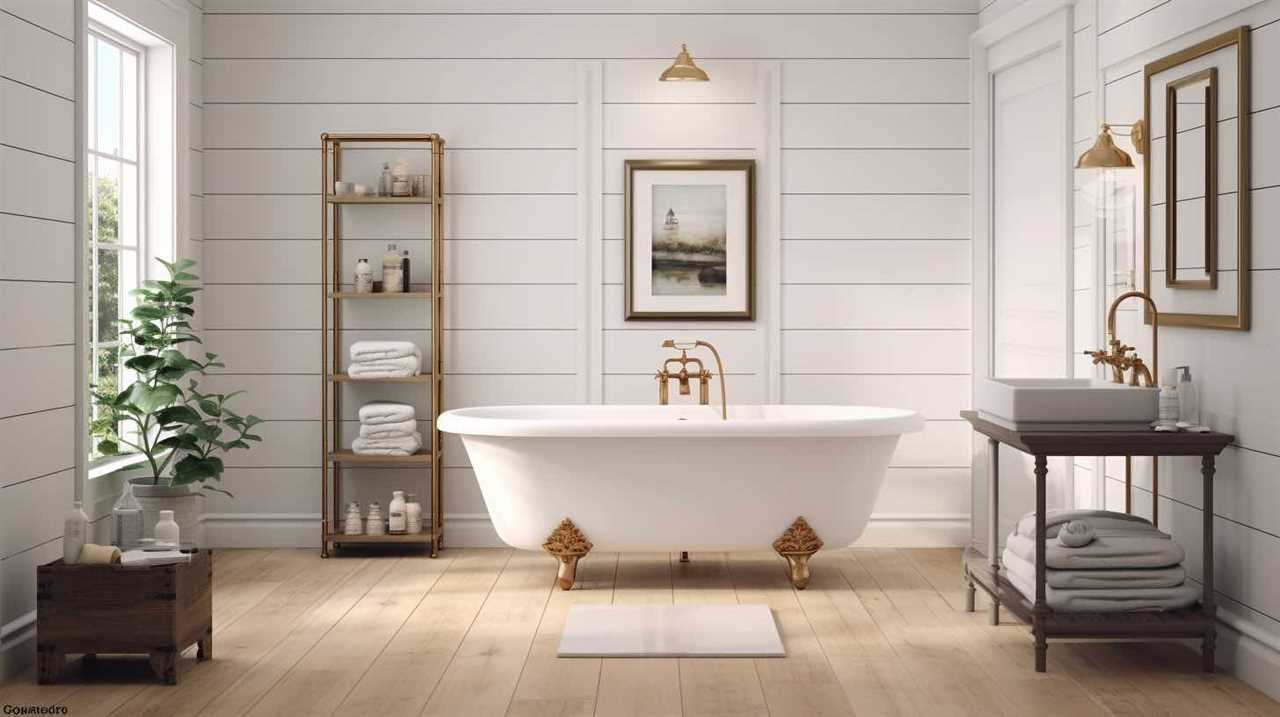
How Long Should I Bathe My Baby For?
When it comes to bonding during bath time, it’s important to know how long to bathe your baby for. We’ll share some safety measures so you can make the most of this special time.
When Can I Start Using a Bathtub for My Baby Instead of a Basin?
Transitioning from a basin to a bathtub for our baby, we considered safety. We learned that a baby bathtub with built-in supports and non-slip surfaces is safer than a basin. It’s important to ensure a smooth transition and always supervise.
Conclusion
In conclusion, bath time with your baby can be a wonderful bonding experience. By gathering the necessary supplies, setting up a safe environment, and using gentle washing and rinsing techniques, you can ensure a comfortable and enjoyable bath for your little one.
Remember to dry and dress your baby with care, providing them with warmth and comfort. With these tips and techniques, you’ll be well on your way to becoming a bath time pro!
